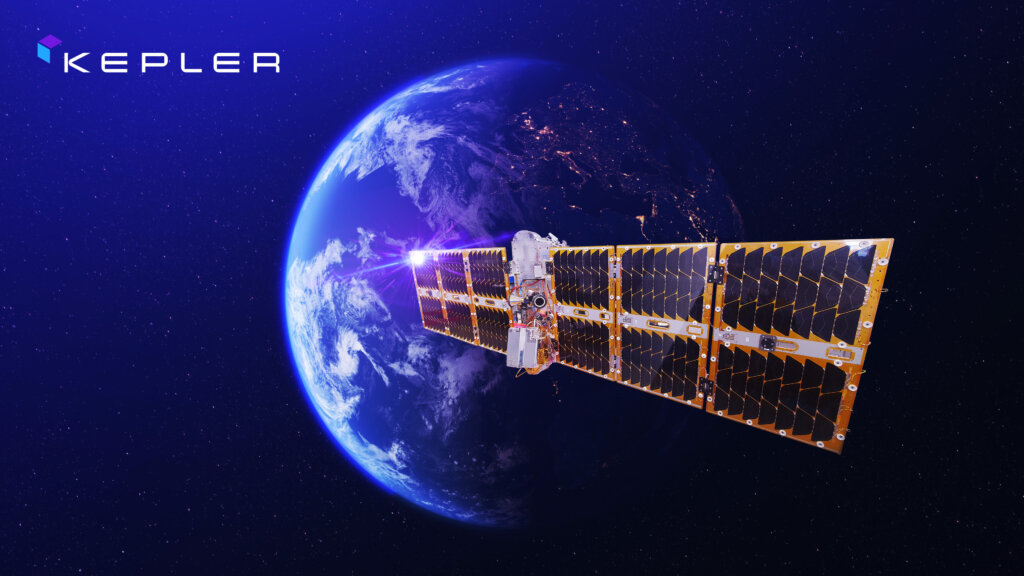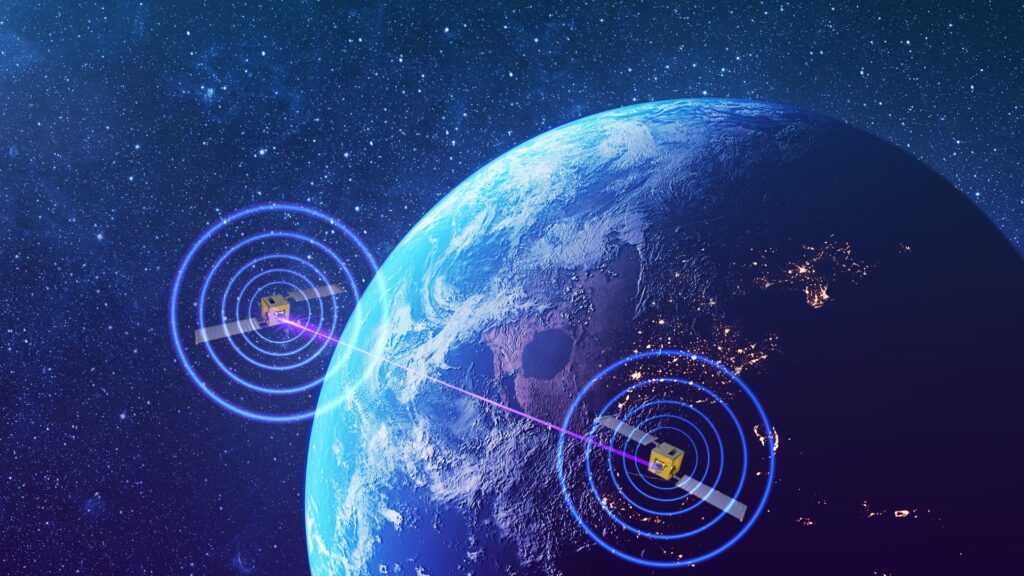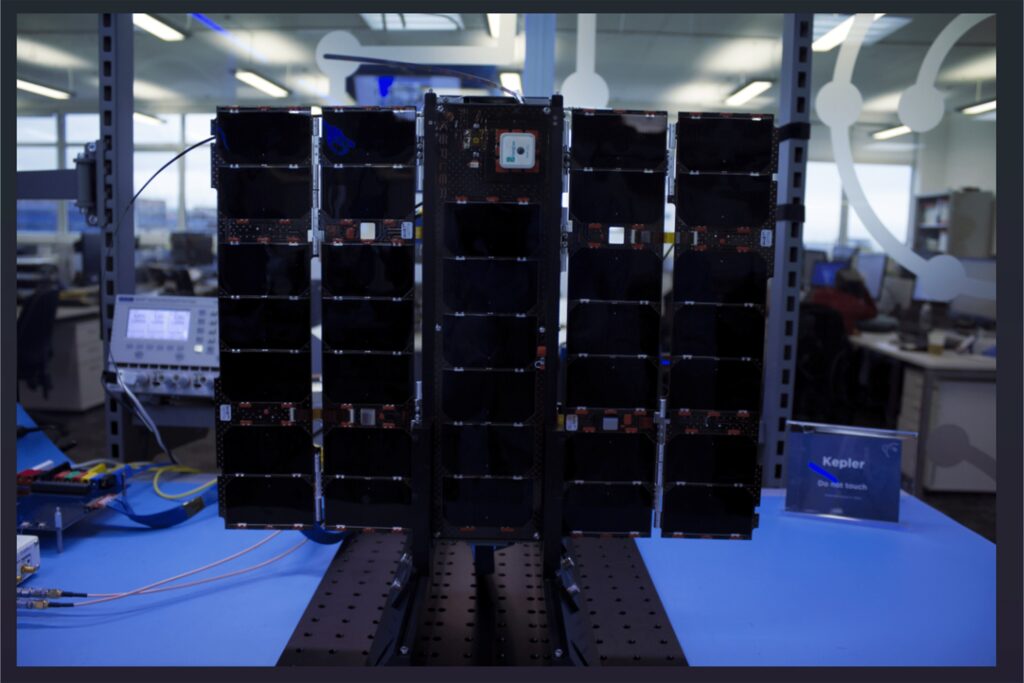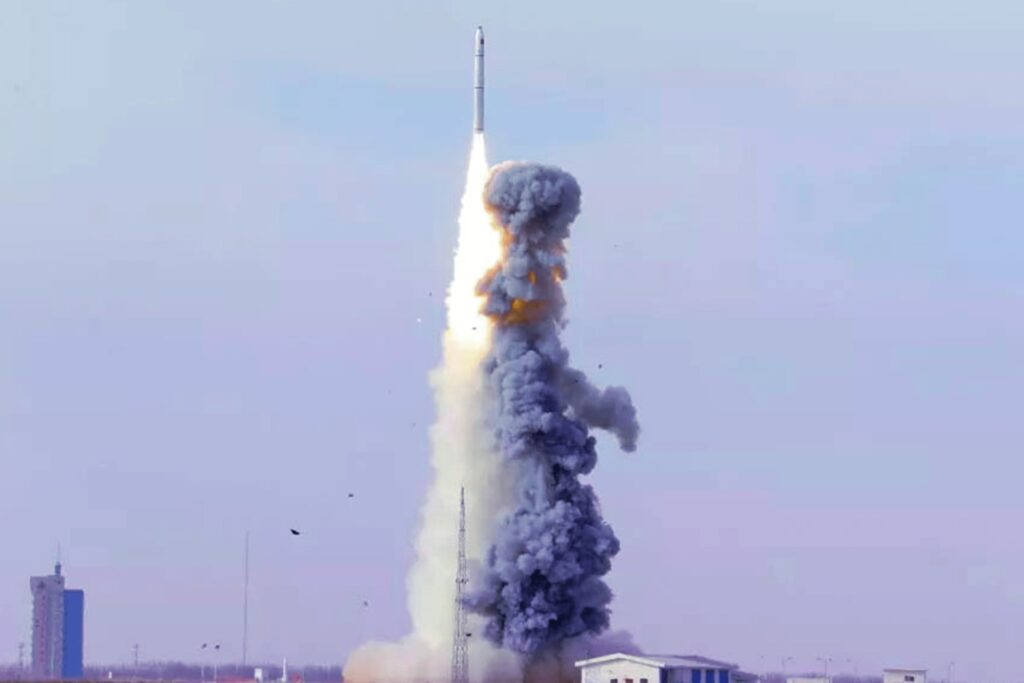Optical Inter-Satellite Link

Kepler established optical inter-satellite links between two Pathfinder satellites equipped with SDA-compatible Tesat SCOT80 optical terminals. In addition to initial OISL commissioning, the team demonstrated IP mesh networking on orbit by communicating with multiple satellites over a single ground link using standard internet and network protocols.
Pathfinder Launch

In November 2023, Kepler launched two optical Pathfinder satellites to test and validate the optical technology planned for our internet-ready LEO constellation, The Kepler Network. The SDA-compatible data relay network will build on flight heritage from our existing constellation of 21 RF satellites, improving on-orbit communications to give customers access to space-generated data in near-real-time.
Series C Funding

The $92 Million Series C funding was led by IA Ventures with support from Costanoa Ventures, Canaan Partners, Tribe Capital, BDC Capital’s Industrial Innovation Venture Fund, and other leading investors. Since 2016, the company has raised more than $200 million in equity.
Intersatellite Link Validation

Four days after launch, Kepler successfully transferred a data packet from one satellite to another on-orbit, validating RF technology considered for our future data relay network.
Series B Funding

The $60 million Series B fundraising round was led by Tribe Capital and included participation from Canaan Partners, IA Ventures, and Costanoa Ventures.
Generation 1

Built entirely at Kepler’s production facility in Toronto, the GEN1 satellites focus on delivering wideband and narrowband connectivity to Earth. To date, Kepler has 21 satellites in the GEN1 constellation.
Series A Funding

The $16 million series A funding round was led by Costanoa Ventures and includedparticipation by Digital Ventures, IA Ventures, and other returning investors.
First Launch

Kepler launches the first Ku-band LEO satellite in the world, taking it from napkin to orbit in 12 months. Over the next two years, CASE (2018) and TARS (2020) were also developed as pathfinder satellites to help Kepler test technology for our first official generation of satellites.
Incorporation

Founded in 2015 by a group of graduate students who identified critical gaps in satellite communications, Kepler has grown into a global company with an in-house production facility and a passionate team dedicated to designing, building, testing, and flying satellites for an Internet-ready optical constellation.




